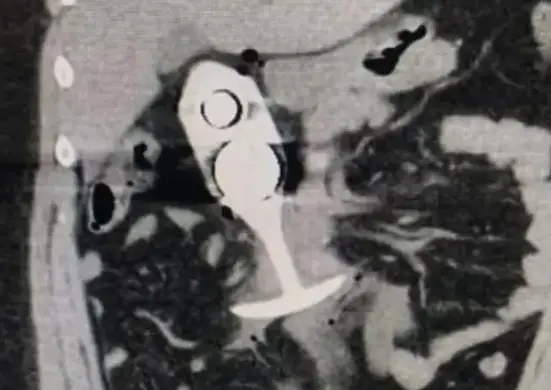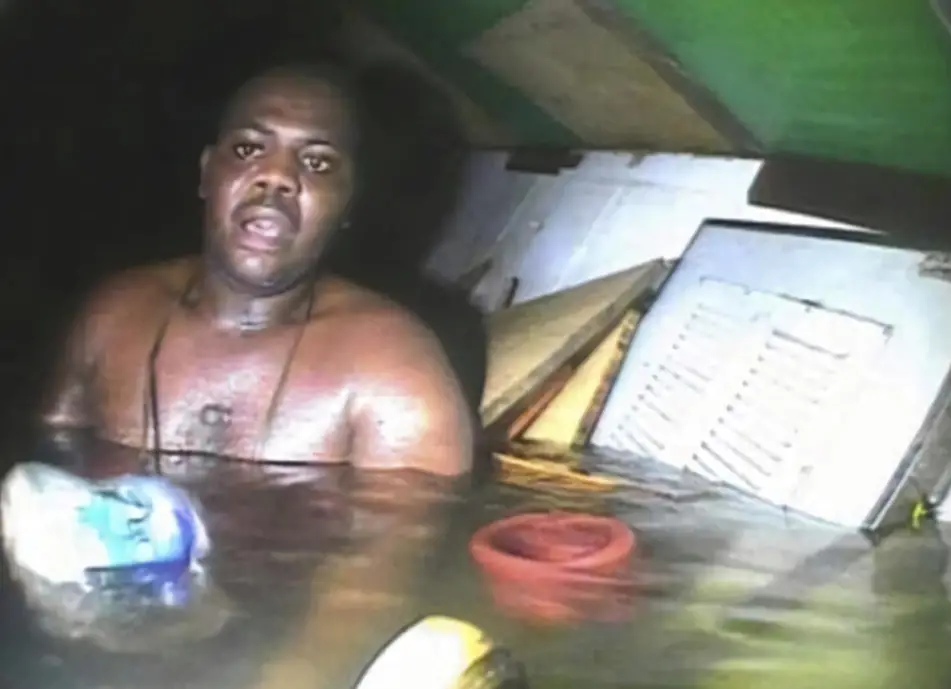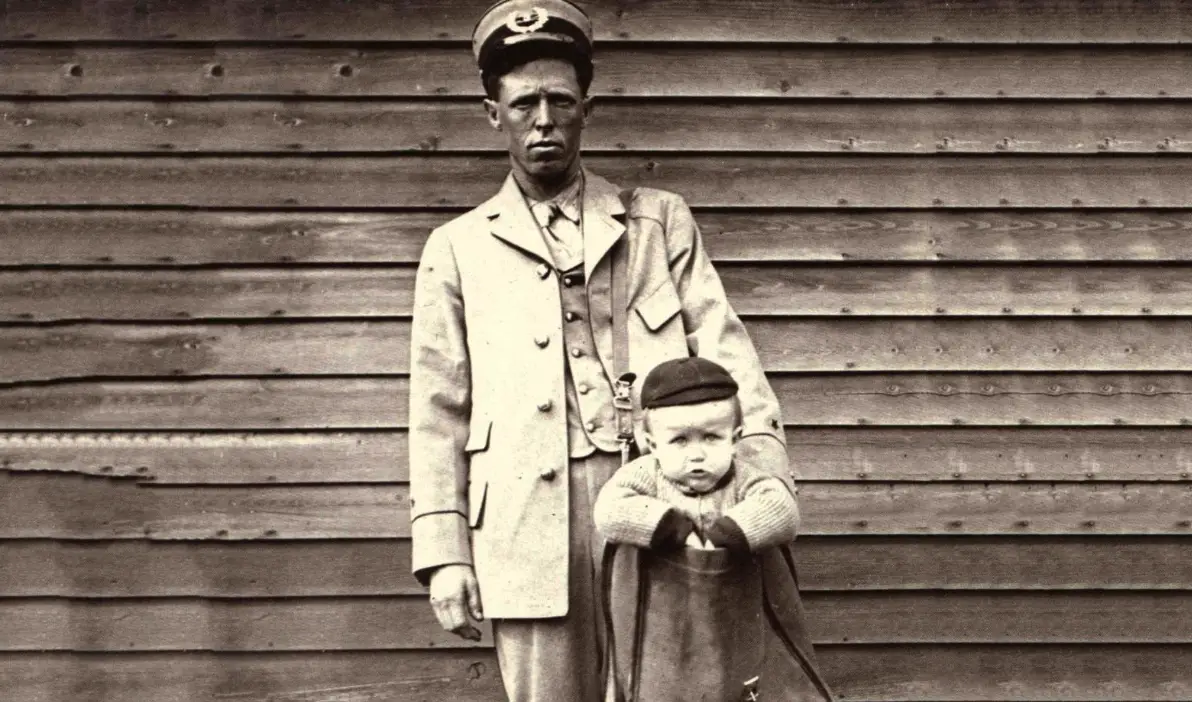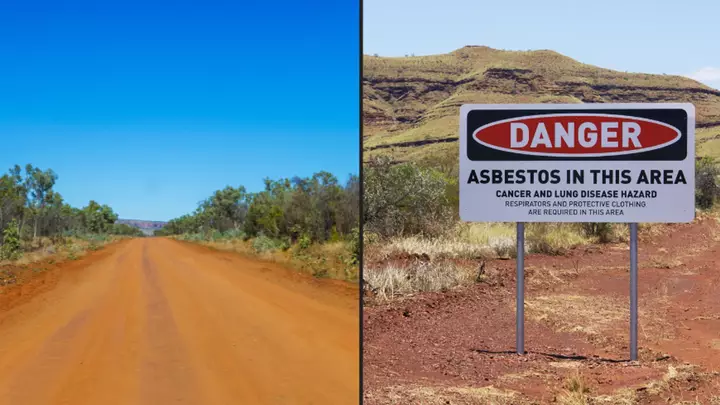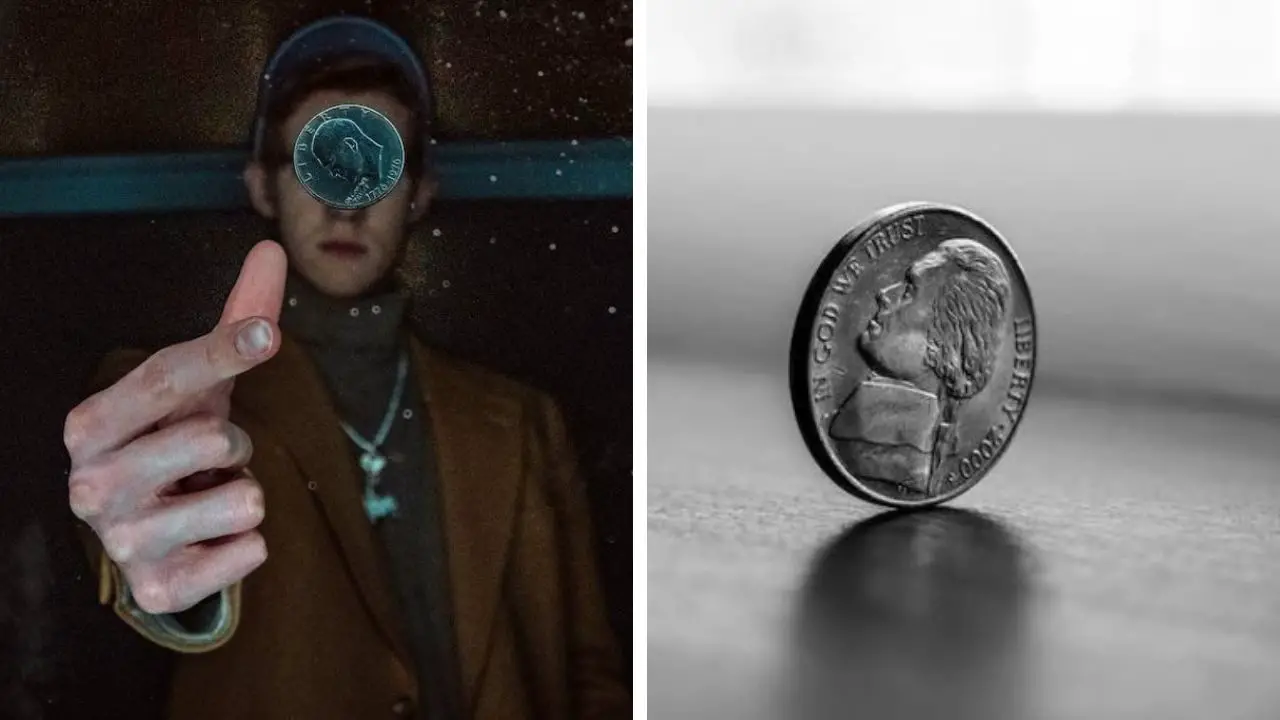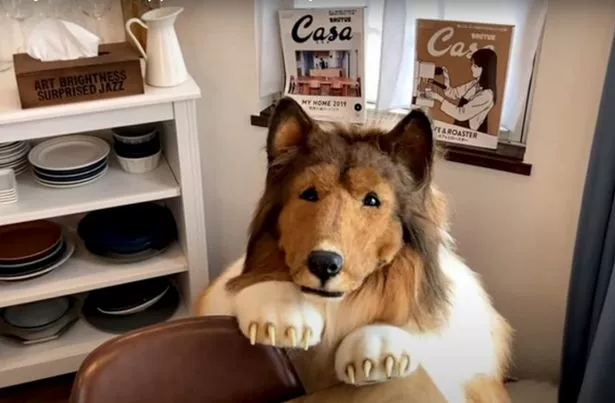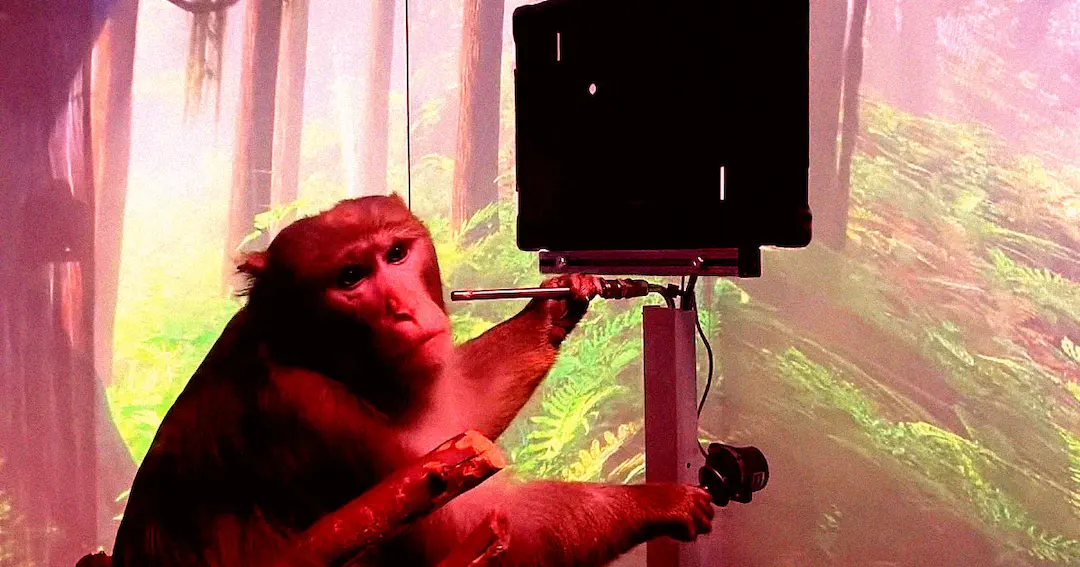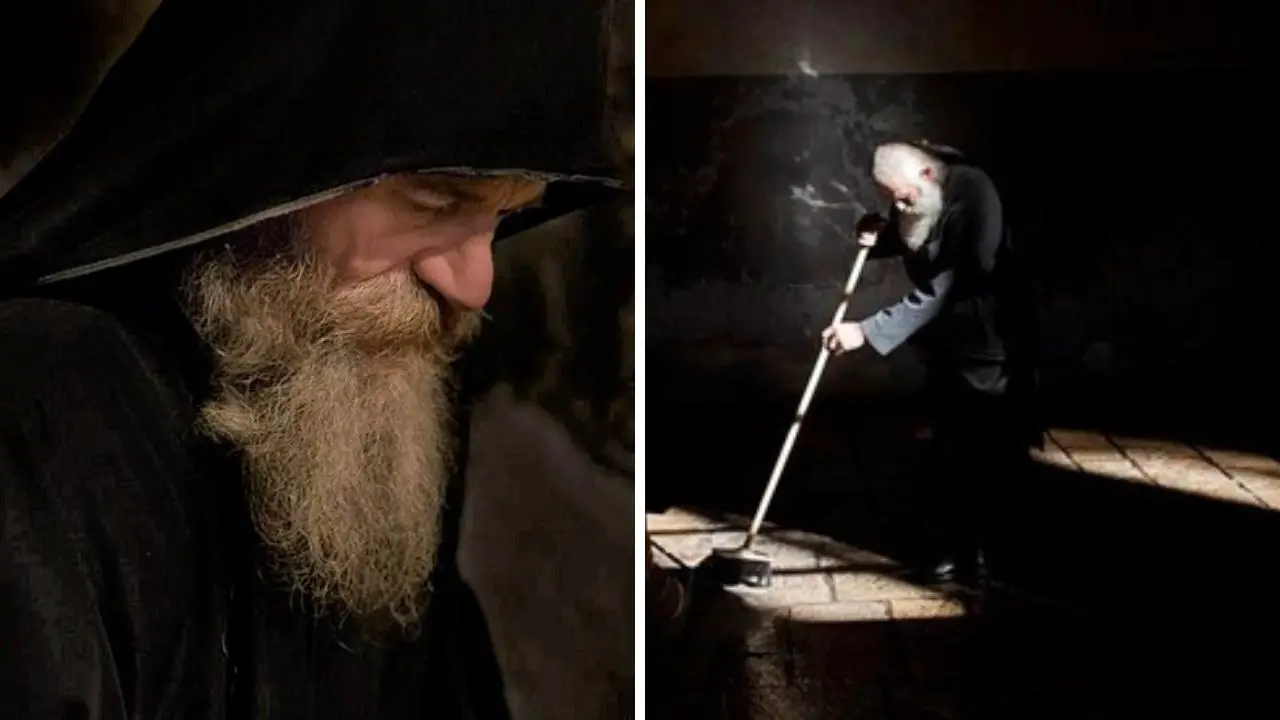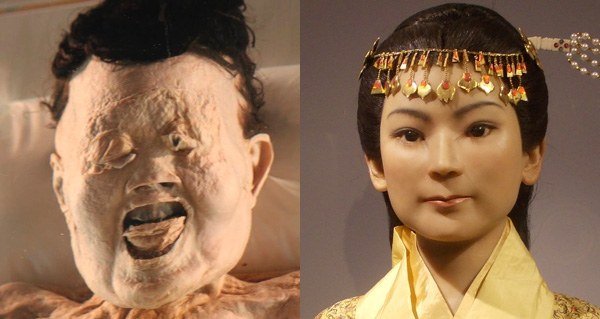A Firm has Raised $15 million to Bring back Woolly Mammoths from Extinction
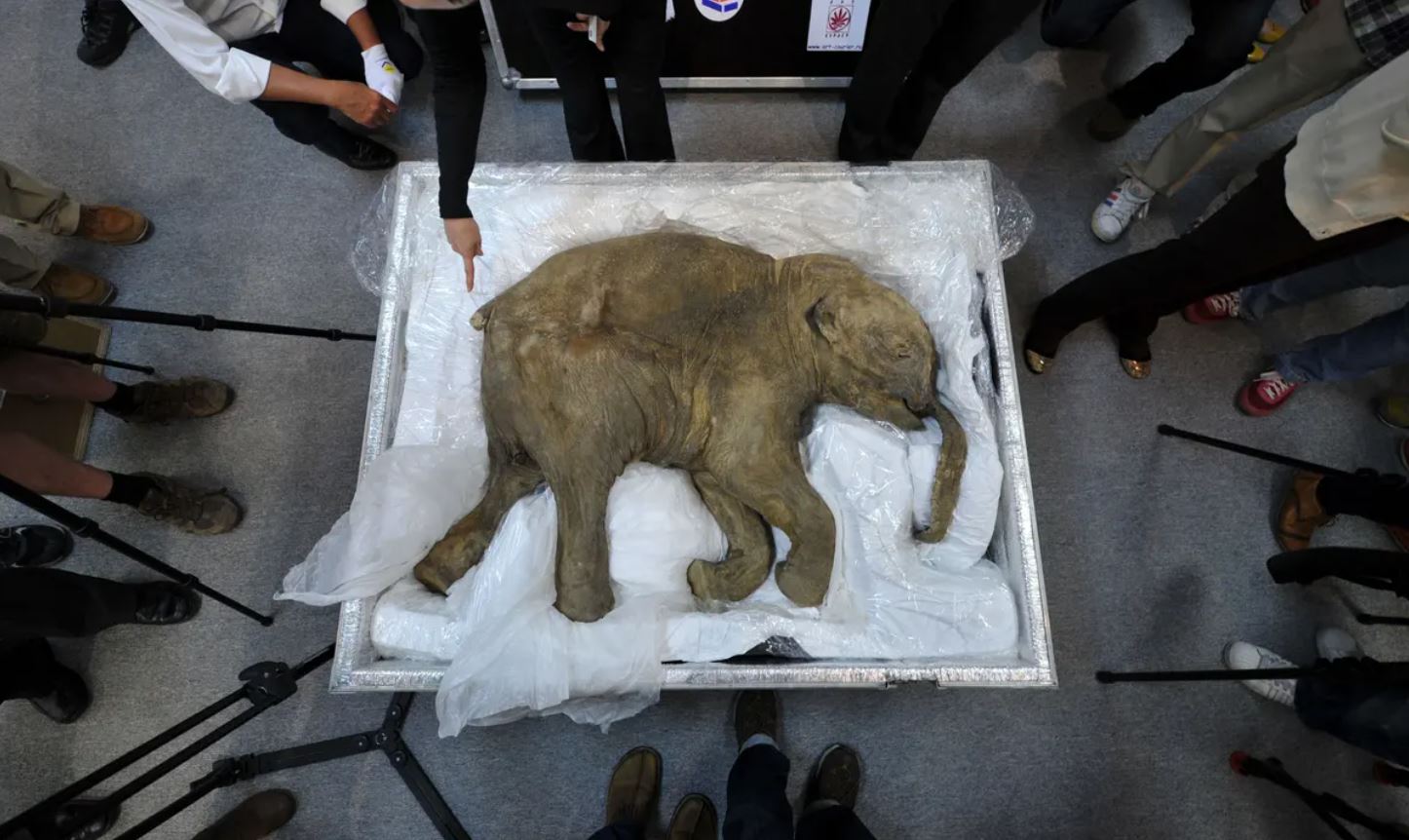
Woolly mammoths haven’t been seen on the globe in over 10,000 years, and a group of scientists wants to utilize gene-editing technology to bring them back.
The idea of recreating mammoths and releasing them into the wild has been debated – seriously at times – for more than a decade, but the researchers announced new funding that they believe would help them achieve their ambition.
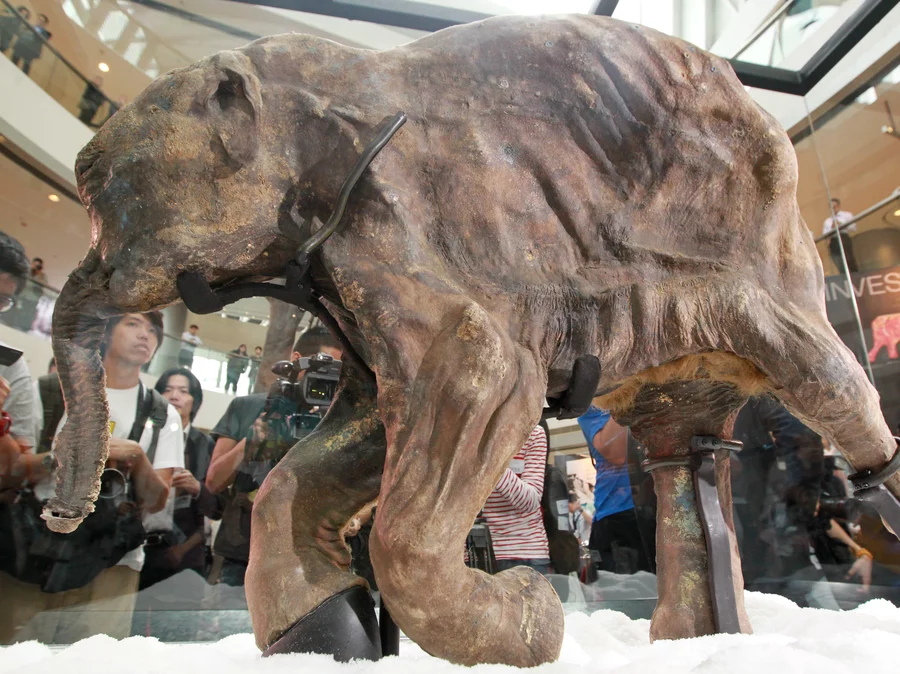
The funding comes from Colossal, a bioscience and genetics firm co-founded by Ben Lamm, a software and tech entrepreneur, and George Church, a professor of genetics at Harvard Medical School who has pioneered innovative ways to gene editing.
Colossal has taken several of the initial steps toward reviving the woolly mammoth using CRISPR, a gene-editing technique.
They matched genomes from surviving woolly mammoth DNA pieces to those of contemporary elephants and identified the most significant changes.
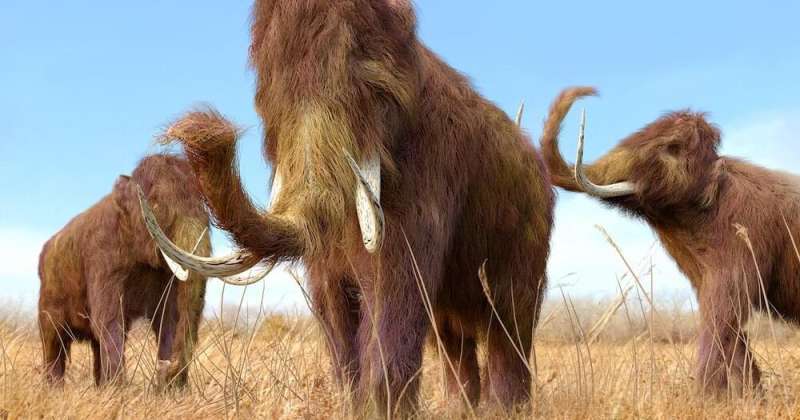
The scientists’ initial goal is to create an elephant-mammoth hybrid by producing embryos in the lab that contain mammoth DNA.
The effort begins by converting skin cells from Asian elephants, who are on the verge of extinction, into more versatile stem cells that carry mammoth DNA.
The specific genes responsible for mammoth hair, insulating fat layers, and other cold climatic adaptations are determined by comparing mammoth genomes retrieved from permafrost animals with those of related Asian elephants.
The team aims to develop an animal with mammoth-like features by modifying specific genes to generate denser hair or a thicker layer of fat.
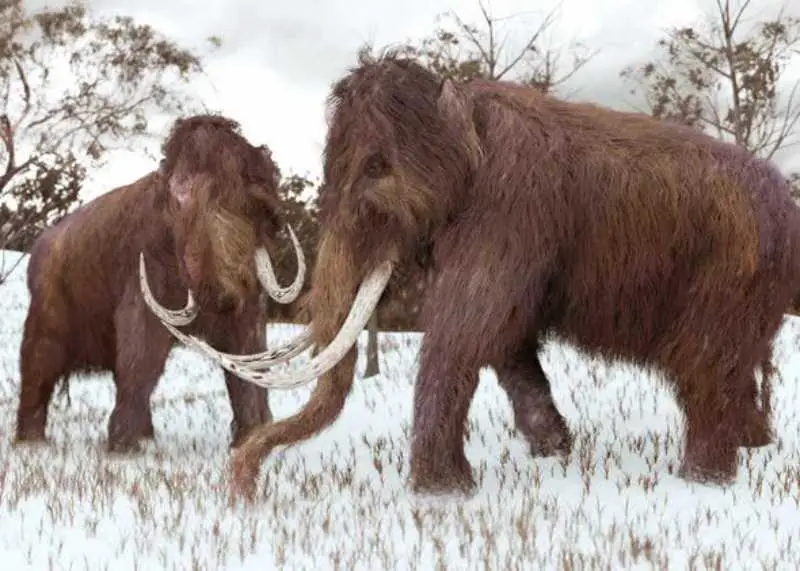
These embryos would then be carried to term in the womb of a surrogate mother or, in some cases, an artificial womb. If everything goes as planned – and the obstacles are far from minor – the researchers aim to have their first set of calves in six years.
George Church, a geneticist at Harvard and the Massachusetts Institute of Technology (MIT), told The Guardian:
“Our goal is to make a cold-resistant elephant, but it is going to look and behave like a mammoth. Not because we are trying to trick anybody, but because we want something that is functionally equivalent to the mammoth, that will enjoy its time at -40 Celsius”
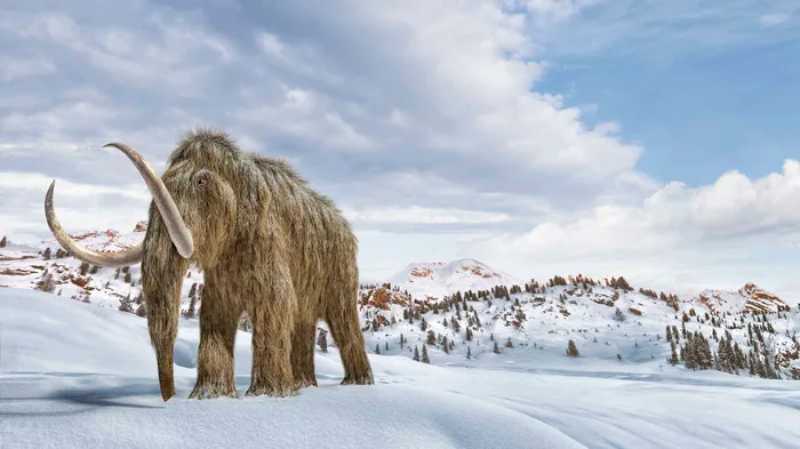
The project is described as an effort to aid in the conservation of Asian elephants by providing them with features that allow them to live in wide parts of the Arctic known as the mammoth steppe.
Nonetheless, the researchers believe that introducing herds of elephant-mammoth hybrids to the Arctic tundra could help repair the degraded environment and mitigate some of the effects of the climate crisis. For example, by destroying trees, the beasts may aid in the restoration of old Arctic grasslands.
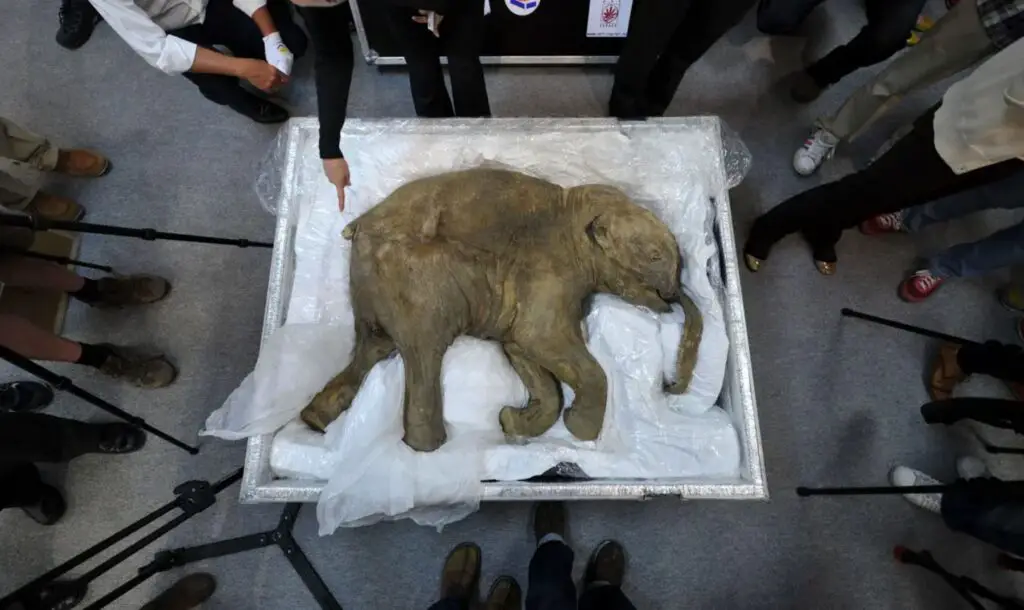
Not all scientists believe that breeding mammoths in the lab is the most effective way to restore the tundra.
“My personal thinking is that the justifications given – the idea that you could geoengineer the Arctic environment using a herd of mammoths – isn’t plausible,” said by Dr. Victoria Herridge, an evolutionary biologist at the Natural History Museum.
“The scale at which you’d have to do this experiment is enormous. You are talking about hundreds of thousands of mammoths which each take 22 months to gestate and 30 years to grow to maturity.”
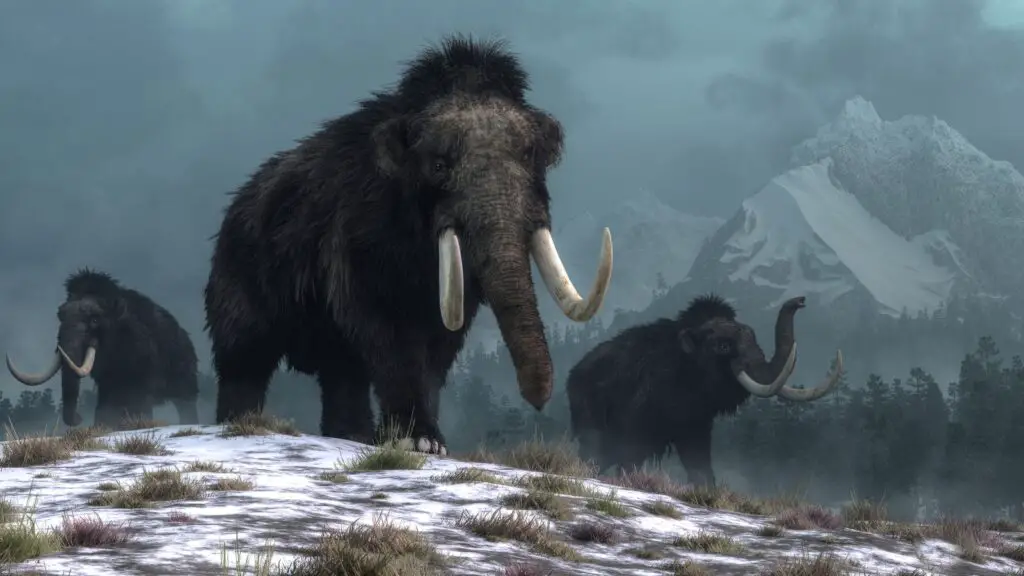
Gareth Phoenix, a plant and global change ecology professor at the University of Sheffield, stated:
“For instance, mammoths are proposed as a solution to help stop permafrost thaw because they will remove trees, trample and compact the ground and convert landscapes to grassland, which can help keep the ground cool.”
“However, we know in the forested Arctic regions that trees and moss cover can be critical in protecting permafrost, so removing the trees and trampling the moss would be the last thing you’d want to do.”








